Just like how the analog film trend was big over the last 5-10 years among photographers, “digicams” and CCD-sensors are now the new thing. Film has gotten more expensive so people are looking for alternatives, plus the 90’s is cool again meaning suddenly those early digital cameras we used to hate is back in demand. The CCD-sensor is said to have richer colors, and to give a more retro look than modern CMOS-sensors. People say that CMOS-sensors was something the industry chose to save costs but it came at the price of great sensor colors. If that is true or not is hard to say, I have also seen the same CCD-sensor look from CMOS-sensors of that time, so maybe it is more about color trends among the manufacturers of that time that determine the colors, who knows.
I follow a lot of the photographers that is into the digicam/CCD-sensor trend, but as a warning I’m looking for something else than they are. For me the small sensor “digicams” are not interesting, it has to be pretty high image quality (APS-H/C or bigger). I want a different look than what modern cameras can give, i.e. retro colors, and not just better colors for sunset photos that I i.e. can get from any modern Canon sensor. Especially middle of the day photos from modern cameras are very boring and this is where I hoped to find something different with CCD sensor cameras.
CCD-Sensors is the new Analog Film?
There is a lot of hype around CCD-sensors these days and a lot of misconceptions.
First of all, CCD-sensors will not give you a analog film look. Some CCD-sensors might have some film colors in some scenarios but most of the time they look very digital, sometimes more digital than many CMOS-sensors (i.e. Fujifilm X sensors).
CCD-sensor cameras are generally very cheap right now, and people say that you should get in on this trend before it gets too expensive. There are some cameras that can be bought very cheap yes, but the best ones are already pretty expensive. Also CCD-sensor cameras are old and from that early digital age, and they generally don’t last very well. Out of half of the CCD- sensor cameras I bought on Ebay, even though they where stated as working, they had some major problems like not working auto focus, and I ended up returning them. So you can easily waste a lot of money and time if you don’t look out.
Konica Minolta Maxxum 5D
First of all the Konica Minolta Maxxum 5D and the Konica Minolta Maxxum 7D has the same sensors, but the 7D is a bit bigger with more pro features and the 5D is the consumer version. Both cameras can be found for cheap, I got my 5D from a local seller for 20 euros with 2 lenses.
This was the last pro camera made by Minolta before Sony buying them, and uses the same A-mount that Sony later used for their Alpha series. It has a lot of modern features for such an early camera like IBIS. As far as I understand Minolta was back then known for having a lot of new tech in cameras and you can tell by this camera too.
This camera does have something special to the images it produces. I think the yellow / orange / red colors it produces has a very nice retro look to them (see photo below), and is is definitely one of the highlights of this comparison.
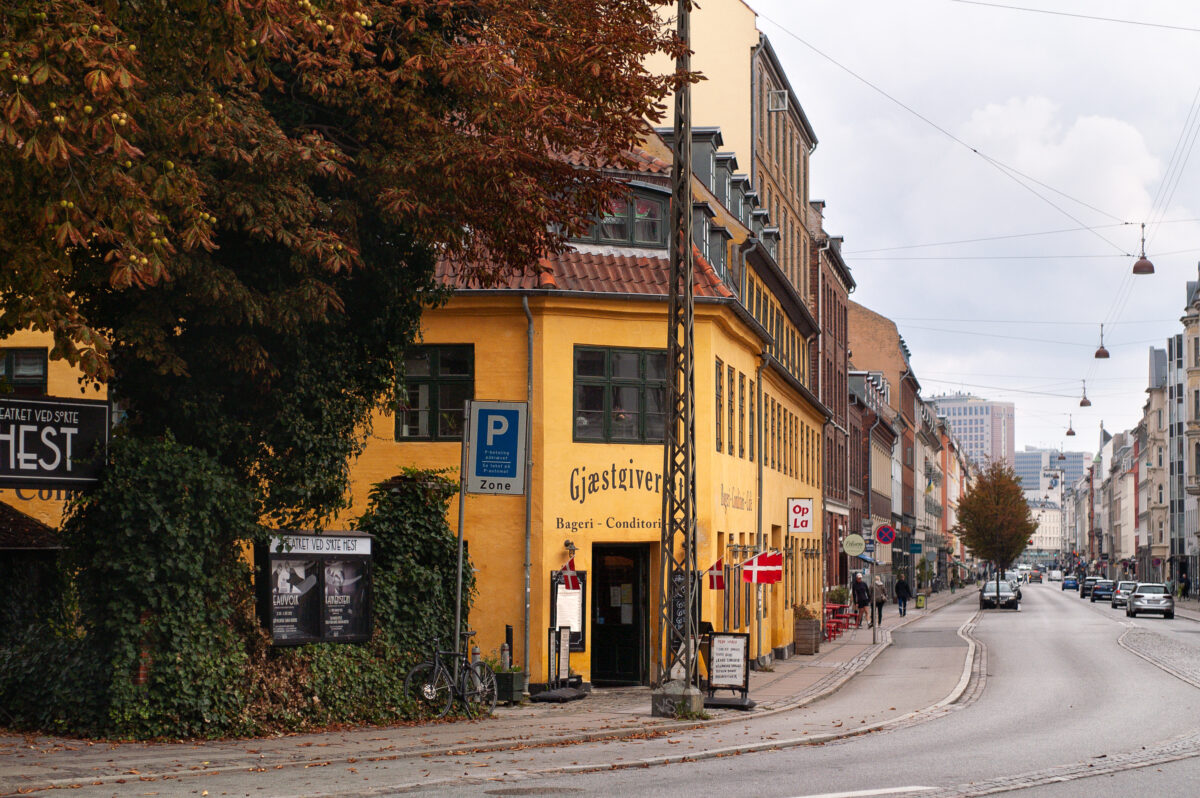
The rest of the colors from this sensor is nothing to write home about. The greens are ugly, the blues look a lot like blues from other sensors, and skin colors are ugly. In strong highlight situations the photos are ugly, where the sensor really shines is in cloudy days.
There are many great lenses for the a-mount, old Minolta lenses, new modern Sony lenses or 3rd party lenses like the modern Sigma Art lenses. All the photos included here are shot with the Sigma 50mm f1.4 EX DG HSM, very sharp lens but to my taste too clean look to the images. I also tested the standart kit zoom and the telezoom, plus the old Minolta AF 24mm f2.8 that was also great. But do watch out, read reviews of the lenses you buy first, when people say an A mount lens is not sharp, it’s basically useless.
Sony Alpha A100
This camera I didn’t test much, but I would like to mention it anyway. I have seen people using it with good results on Flickr, and giving some interesting colors. But in my testing this camera was too close to more modern looking cameras color wise. It does have a CCD sensor (a lot of the Sony Alpha cameras have that), and compared to the Konica Minolta Maxxum 5D, this is the next iteration in that lineup (Sony bought Minolta’s camera division back then). It has the same strengths as the Konica Minolta Maxxum 5D with the big Sony/Minolta lens selection, fast auto focus and the IBIS. But to me the colors of the sensor are just nothing to write home about. The red and blue colors can look good and pop nicely. Skintones are not good.
Epson R-D1
This camera is the first digital m-mount rangefinder camera, before Leica even came out with it’s Leica M8 camera. It has a 6.1 megapixel APS-C CCD sensor and I have searching around I found photos shot with this camera that looked very cool with great retro colors. The camera has become very rare and very expensive, but I ended up ordering it on Ebay after looking at it for a long time. When the camera came it had a few problems the seller didn’t list, and I ended up returning it again, so this test is only for the few days I had it.
But in those few days I had the camera I did use it a lot, but I was actually a bit happy that I had to return the camera again. Colors from this camera was just average, just like the colors you see from a lot of other CCD sensor cameras from this time, nothing special. Also I’m also not a fan of the rangefinder focusing mode, I know a lot of great street photographers use this, but personally I would prefer auto focus.
There are 3 models of the Epson R-D1, the original Epson R-D1, the Epson R-D1s with the upgraded firmware installed, or the Epson R-D1x with the screen not being rotatable (and probably more robust) + firmware updates.
My recommendation, save the $2000 that this camera costs these days on Ebay, and if you are really looking out for these kind of CCD colors get the Konica Minolta Maxxum 5D/7D instead for 20$, it has great auto focus, IBIS, modern cheap lenses and same kind of colors (maybe even more interesting colors). I will say that it is a fascinating peace of technology to look at, but that doesn’t justify owning it for me. I see a lot of Youtube photographers recommending this camera, and I don’t think they are being very honest when doing that.
The photos below was all shot with the Voigtländer Ultron 28mm f2 II VM.
Olympus E-500
The Olympus E-300 has become a bit of a trend among the CCD-sensor / “digicam” community, so to save some money I got the newer but also more boring looking Olympus E-500, it has the same 8 megapixel CCD sensor, but a more modern DSLR design, and don’t have the strange rangefinder look that the E-300 (that many people enjoy).
This is a four thirds cameras, not micro four thirds. The size of the sensor is somewhere between APS-C and micro four thirds. That is also the big down side of this camera, it has very limited lens selection, the lenses was produced in the 00’s and are rare to find today.
So there is a lot of hype about the colors from this sensor, does it live up to it? I was pretty disappointed. The colors does have something, but to me nothing that interesting. And the colors only really shined when the lighting was extremely good, in a situation where any sensor would performe well. But in those situations with good light, and nice colors, the problem is still the image quality from the sensor. Like I said, don’t go below APS-C. For Instagram sure, but I take photos for myself to enjoy on my big monitor. And the photos from this camera, even in good lighting, just doesn’t hold up. Maybe if you live in a place that has great lighting all year around like LA, and only care about posting your photos to Instagram, maybe.
Kodak Professional DCS 645 Pro Back
I already did a full review of this old medium format digital back from Kodak, so I won’t mention all the details here, go and check out the review here first. But in shorts I will highlights the big pros of this digital back here.
The colors of this digital back is just the best. Dare I say the king of CCD sensors. Even shooting in mid day light gives you great colors, something no other digital camera I have ever used can do.
The green colors from this sensor is very nice, good for leaf colors.
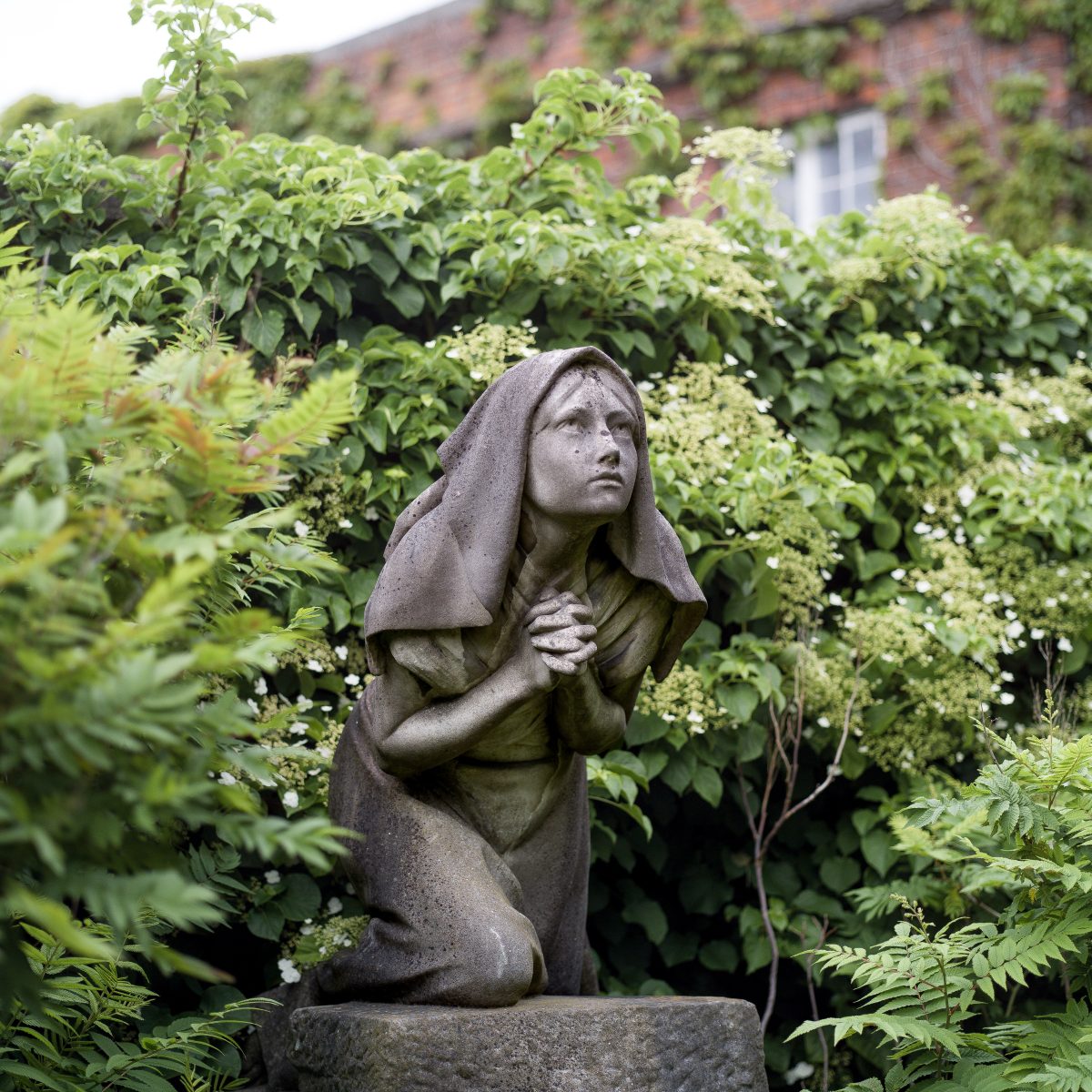
The blues are also very good.

The reds are very intensive, often being too much i.e. with skin colors, but can also be very nice.

The yellows and oranges are not that good, this camera is not for your sunset photos.

Sharpness of this camera is very good, even though it’s only 16 megapixels. Not sure if it’s because of the Mamiya 645 / Phase One lenses I used.
Kodak Professional DCS 645 Pro Back is rare, so you will have to look out for it and they are pricy. But it’s worth it. Like I mentioned, remember to check my full review here.
Kodak DCS Pro SLR
This is not a CCD sensor camera, but I mention this camera in this blog post because I see a lot of the CCD sensor fans using this camera, and the colors do look a lot like CCD sensor colors.
I didn’t test the camera much, I bought it on Ebay but the auto focus didn’t work and I returned it to the seller. That’s almost ½ year ago now and no new listings have been posted on Ebay for this camera, so I’m still looking to get a working model and test it.
There is a Canon and a Nikon version of this camera, the Kodak DCS Pro SLR/c and Kodak DCS Pro SLR/n. I tested the N version, but I have a lot of Canon EF lenses and would prefer the Canon version.
This camera is from the time when Kodak was still trying to get a place in the high end digital camera market. We all know how it went for them. One thing that bothers me is younger people saying that Kodak didn’t try to innovate and died because of that, but they did. Go back to the late 90s and early 00s and all the interesting cameras was from Kodak. But Canon and Nikon had too much know how in making good cameras, and Kodak couldn’t catch up.
This is a 13.5 megapixel CMOS full frame camera from 2005. It’s big and clunky but still useful today with a lot of “modern” features. From the short period of testing this camera, I would say the colors of this sensor is good. It’s not the same colors as the Kodak Professional DCS 645 Pro Back but something a bit more modern looking color wise but not in a bad way. The colors are a bit pastel looking, and reminds me of the colors from Canon EOS M6 / Canon EOS 80D.
As mentioned there was the auto focus problem on the camera I used, but there was also a strange CF card problem, where the camera would lock up if you didn’t give the camera enough time to boot up (pressing buttons white it booted), and that too quite a lot of time. Not sure if it’s only the model I tested?
Like I mentioned I would like to get another one myself to test out more, but these cameras are hard to find and (from what I experienced) bad durability. I can not tell if it’s really worth it yet, but at least it’s an interesting camera for people that love good sensor colors.
There are also older Kodak DSLR’s with CCD and ASP-C sensor, to me they just seem a bit too old (i.e. very low megapixels) and even more rare, and the Kodak DCS Pro SLR seem to be what the CCD fanboys prefer.
Mamiya ZD
Update: I have added this camera after writing this blog post, and I’m not gonna cover the camera much here besides saying that it’s a CCD sensor medium format DSLR camera and digital back. I have written an entire blog post about it you can read here. To make the conclusion short, the Mamiya ZD has one of my favorite sensors, colors are great and images look sharp.
Tips
- Watch out when buying old digital cameras, a lot of them have problems. I.e. I have bought 3 old digital cameras over the last year from Ebay that was “in working condition” but didn’t have working auto focus when I got them. One of them was very expensive and Ebay refused to give me a refund even after returning the camera (see my blog post here about that) but besides that normally you can return the camera and get a refund. But watch out what you buy.
- The so called AI upscaling tools for raw files can be very useful for those low megapixel cameras. The Adobe Enhance – Super Resolution feature in Lightroom / Camera Raw, or even better the new Dxo Pure Raw software (check my short review of that here).
Conclusion
Update: I updated this conclusion after adding the Mamiya ZD camera. To me the favorite CCD sensor camera I have tried are the Kodak Pro Back and the Mamiya ZD. Both are great, and have replaced my old favorite (CMOS sensor) camera as my new favorite cameras. Besides that, I don’t find the other CCD sensor cameras of much interest. And I don’t know if the difference is really because of CCD or CMOS, there are CCD sensor cameras that look like modern CMOS sensor cameras and there are CMOS sensor cameras that look more like the CCD look. I think Snappiness put it pretty well on one of his recent videos, that the color difference more seem to be because of trends in color science back then vs. today, back then people came from using analog film and was expecting those colors, today people want realistic colors (I don’t but the camera reviewers do). Therefore, don’t get cough up on the CCD hype train, but if you are a dedicated camera nerd that enjoys good sensor colors and don’t mind spending a lot of money on old cameras, I think you should look at those two CCD sensor cameras I have recommended here.
Cameras I didn’t test
There are so many CCD sensor cameras out there that I could test, but I only tested the ones that sparked my interest. I did a lot of searching before buying on Flickr, and most of the time you can tell if the camera sensor has interesting colors by just looking there. Personally I’m not interested in small sensor cameras, so that leaves out all the “digicams”. I grew up in the 00s and I always hated those small sensor cameras, so why would I go back to them.
Here are some cameras that I didn’t test but that could be interesting:
- Canon EOS 1D Mark I, the original, it has a CCD APS-H sensor, but it is so rare that I have never seen it for sale. But it should be good. After this camera Canon switched to CMOS, very early compared to other companies.
- Early Nikon cameras, people often mention DX cameras like the Nikon D80 / D200 to have good CCD colors.
- Pentax K-mount CCD cameras.
- Leica M8 – often mentioned as a classic CCD sensor camera, but based on the photos I find online I think the Leica M10 has the most interesting colors (a bit of a retro look) but that camera is CMOS not CCD.
- Fujifilm FinePix S1/S3/S5 – also often mentioned, but personally to me the colors look too modern.
- Sigma cameras with the Foveon sensor, so not CCD, but also often mentioned.
And remember, search on Flickr before for the camera model, or search for raw file samples, those two things can often give you a good idea of the sensor colors before you buy.
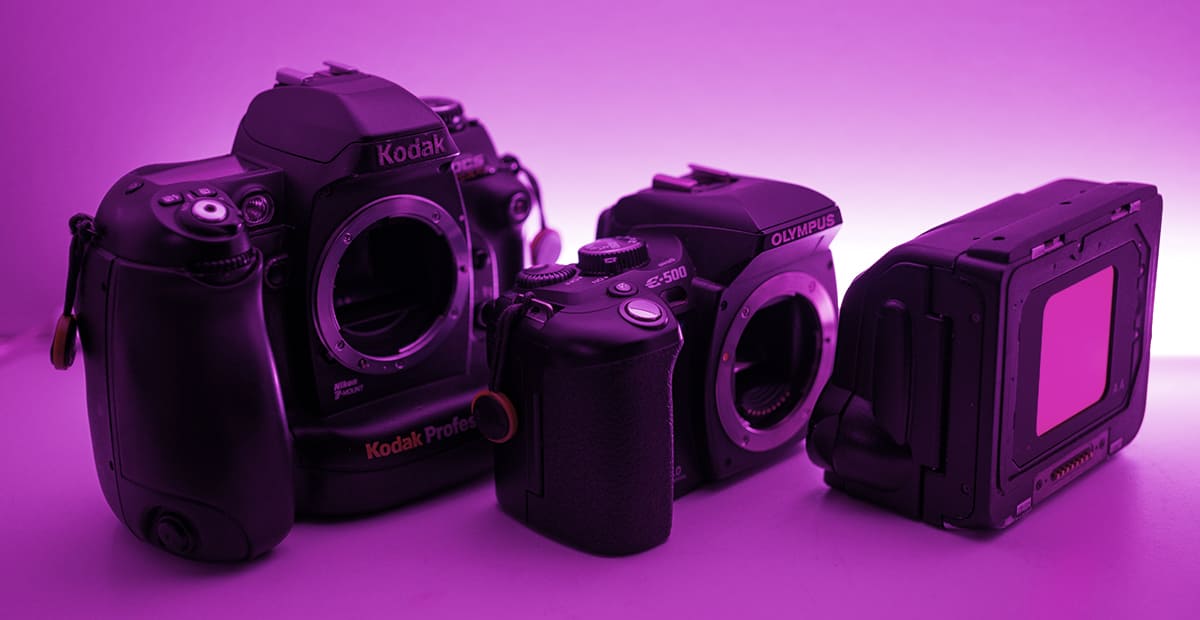
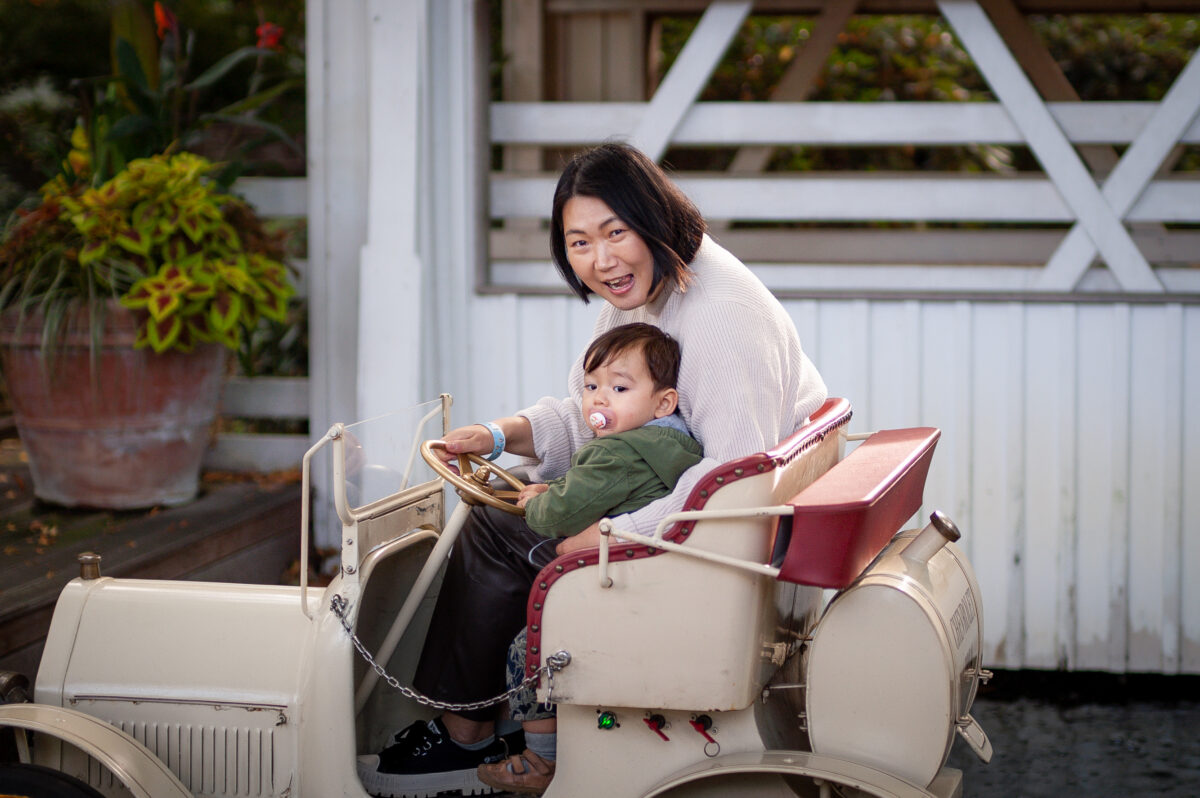
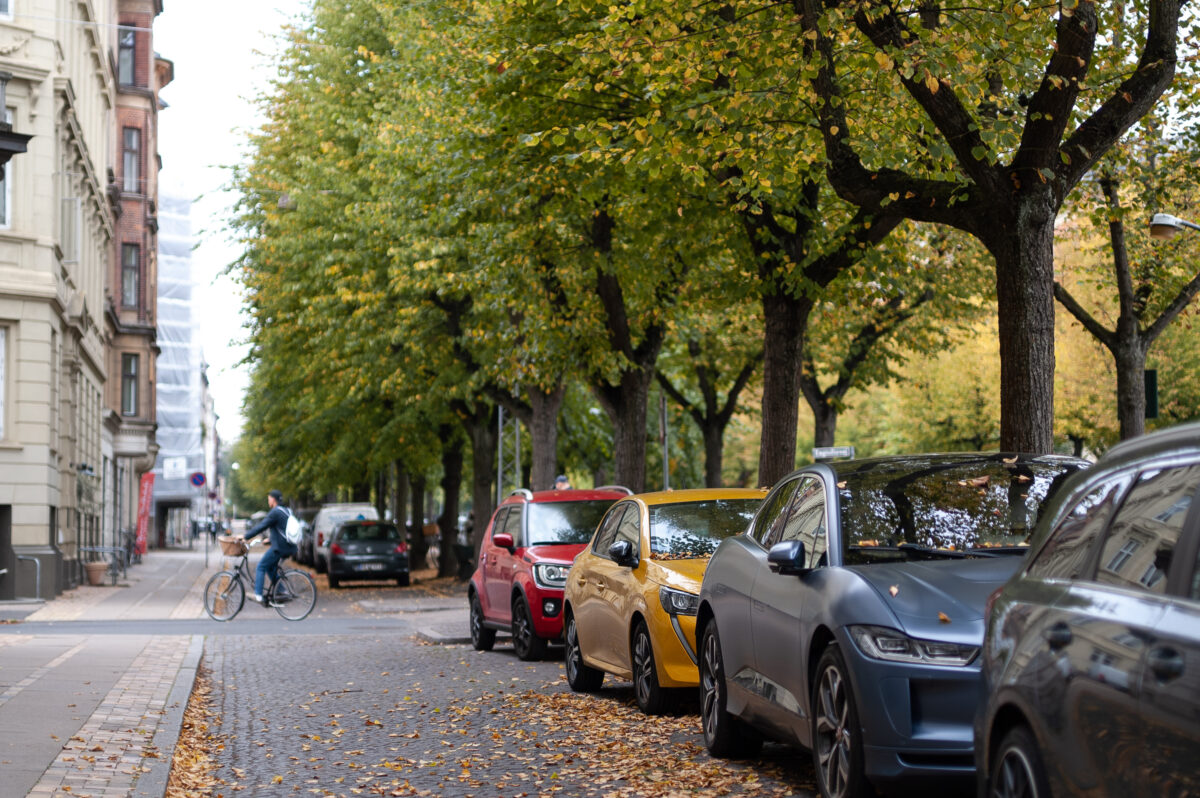
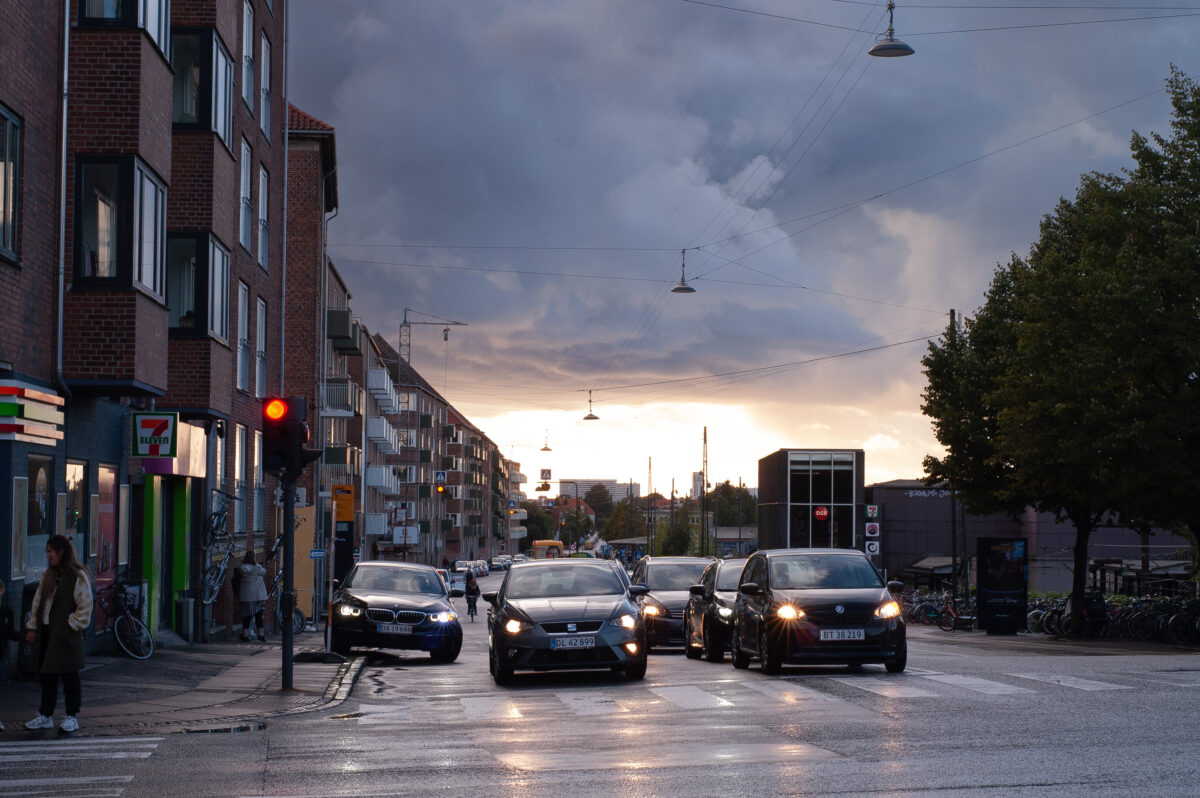


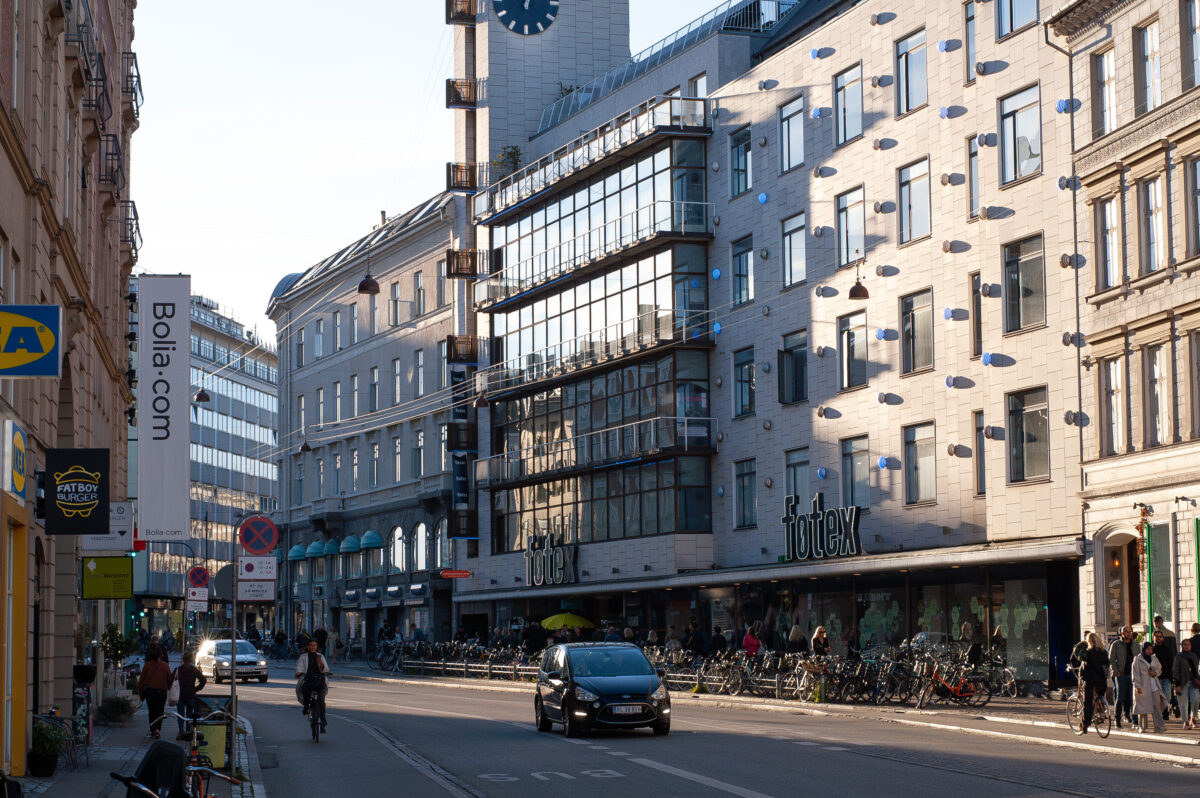

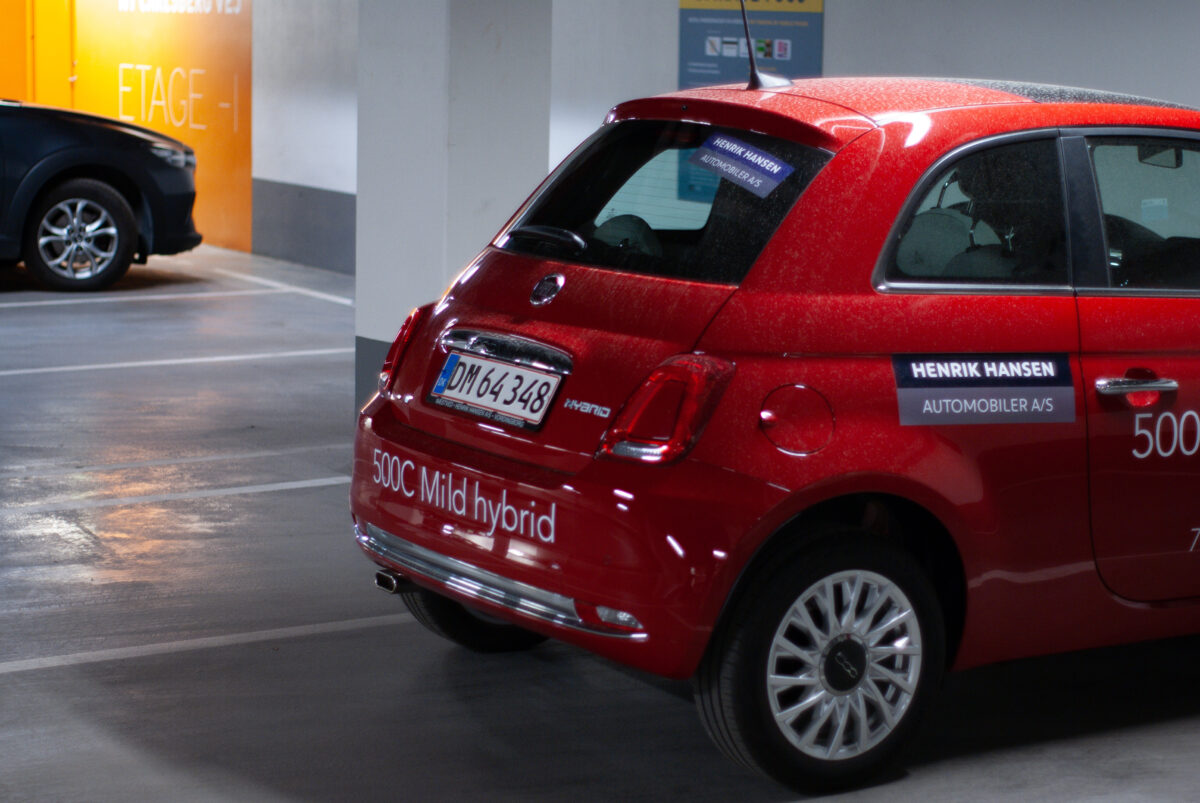



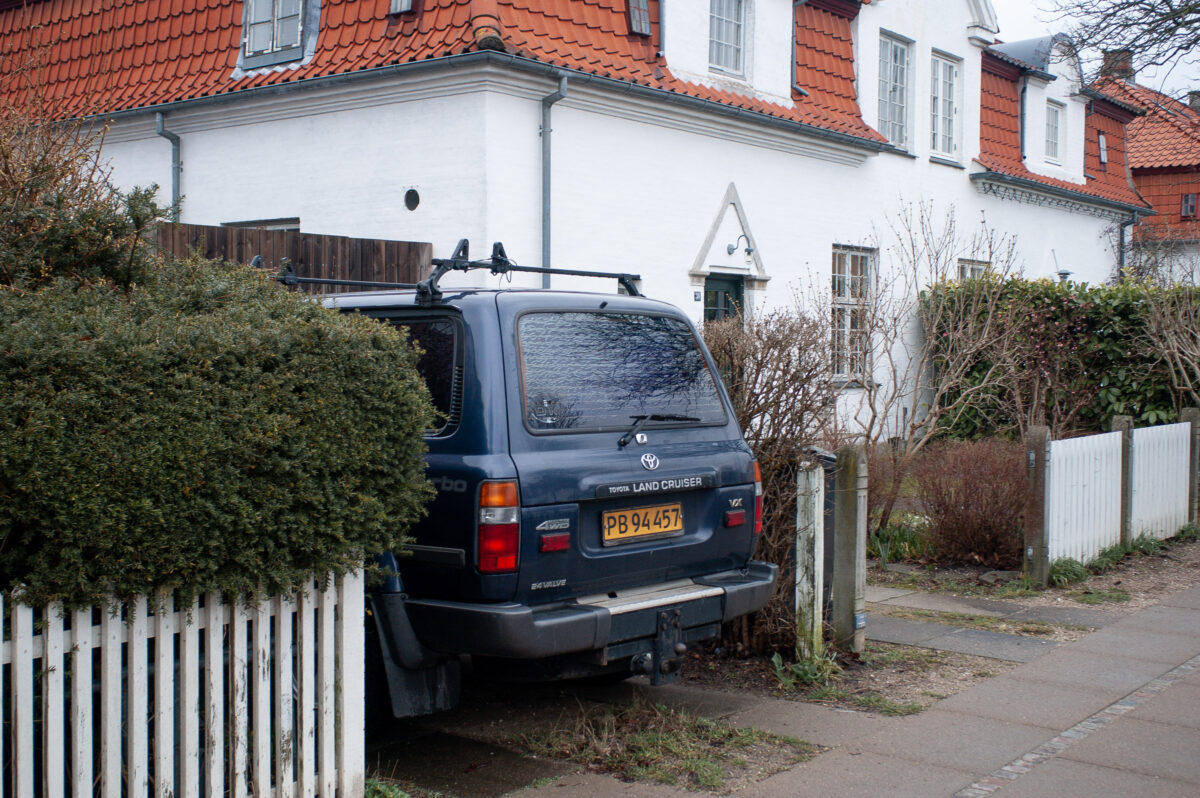
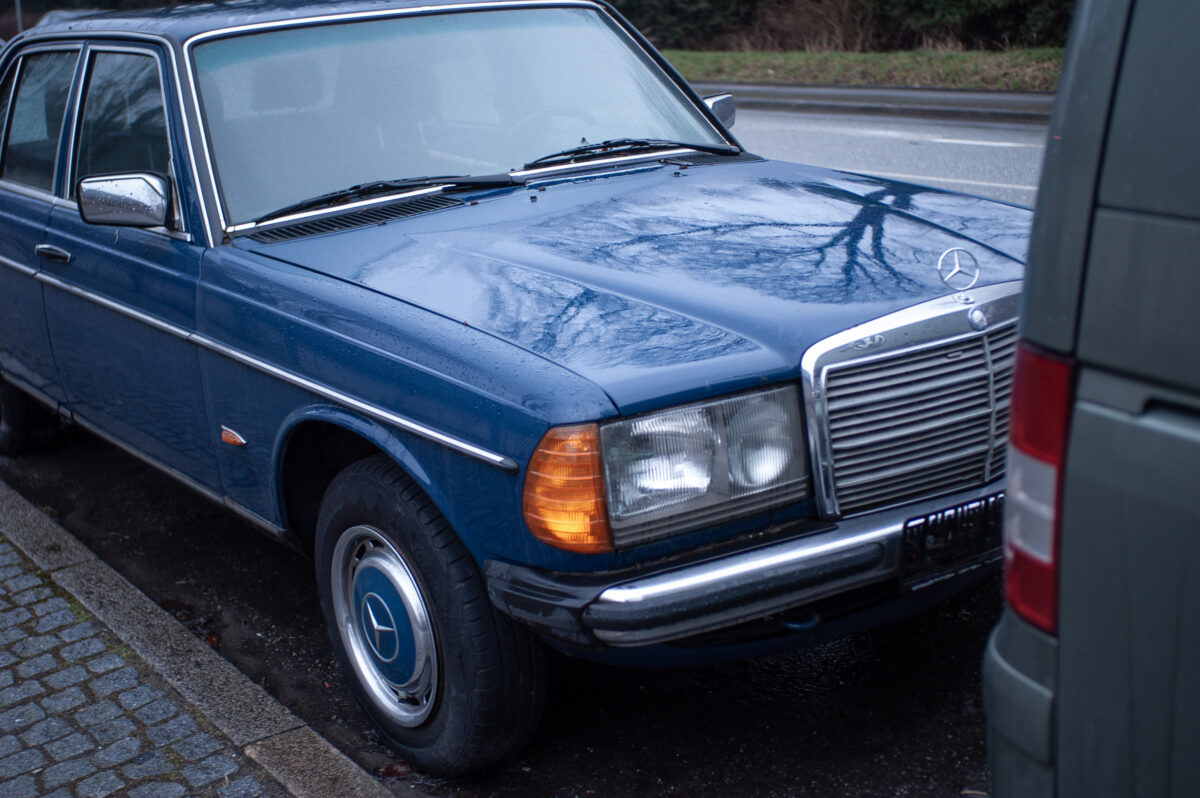

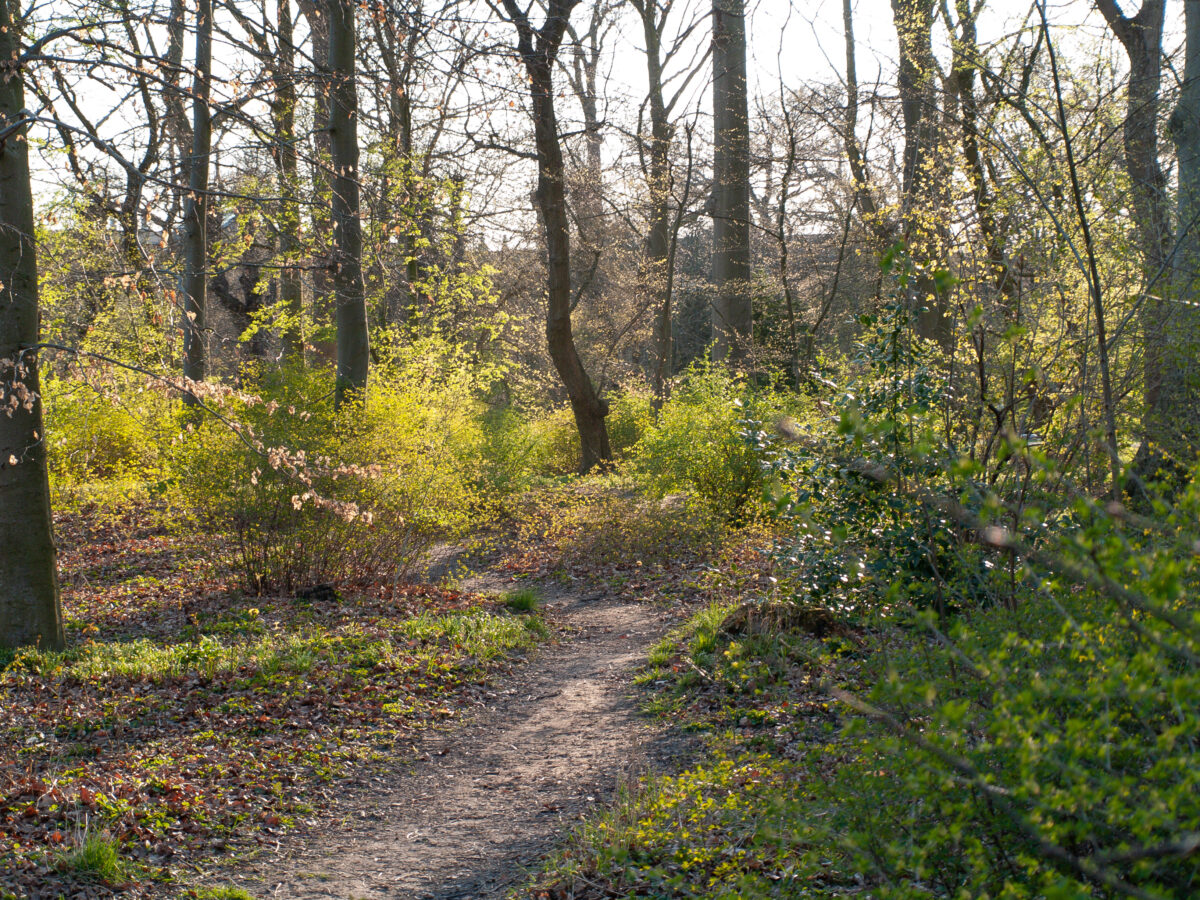
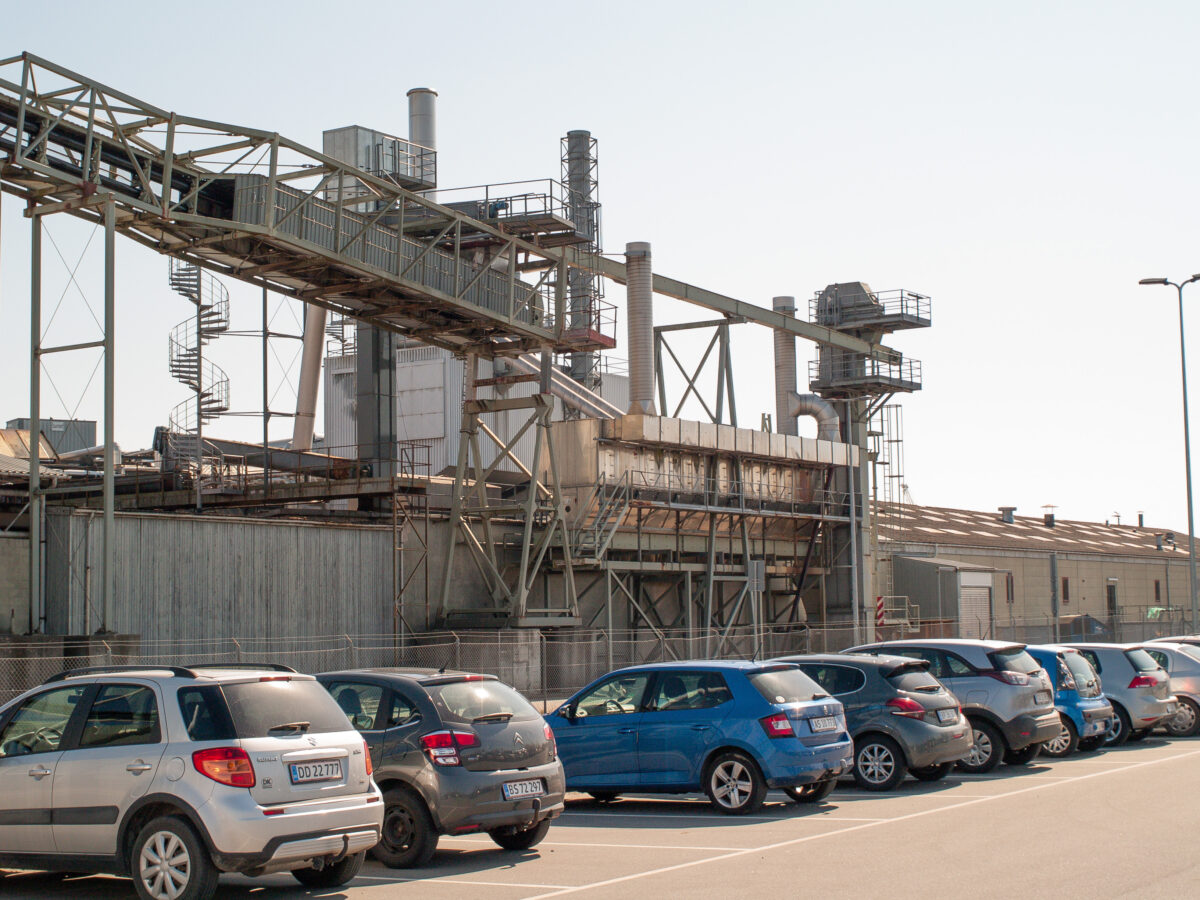
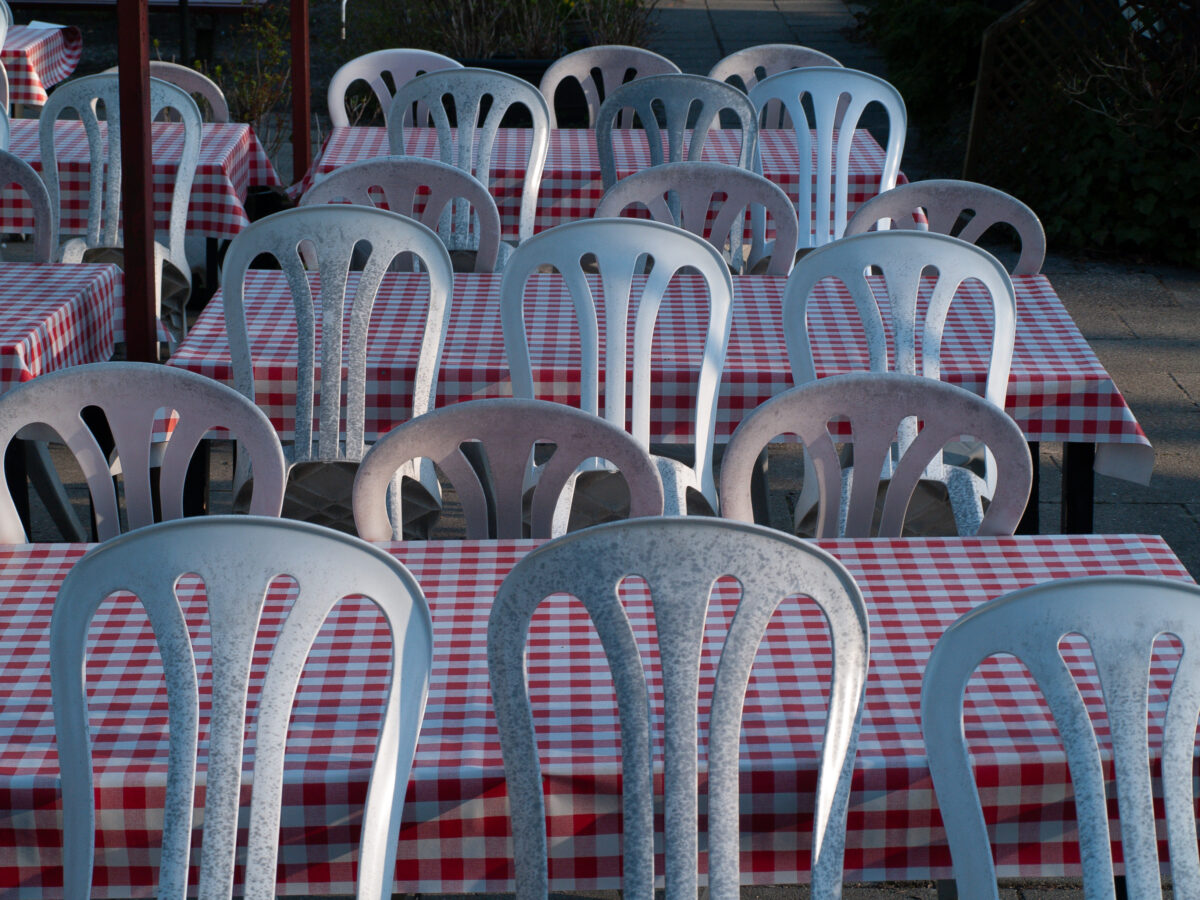


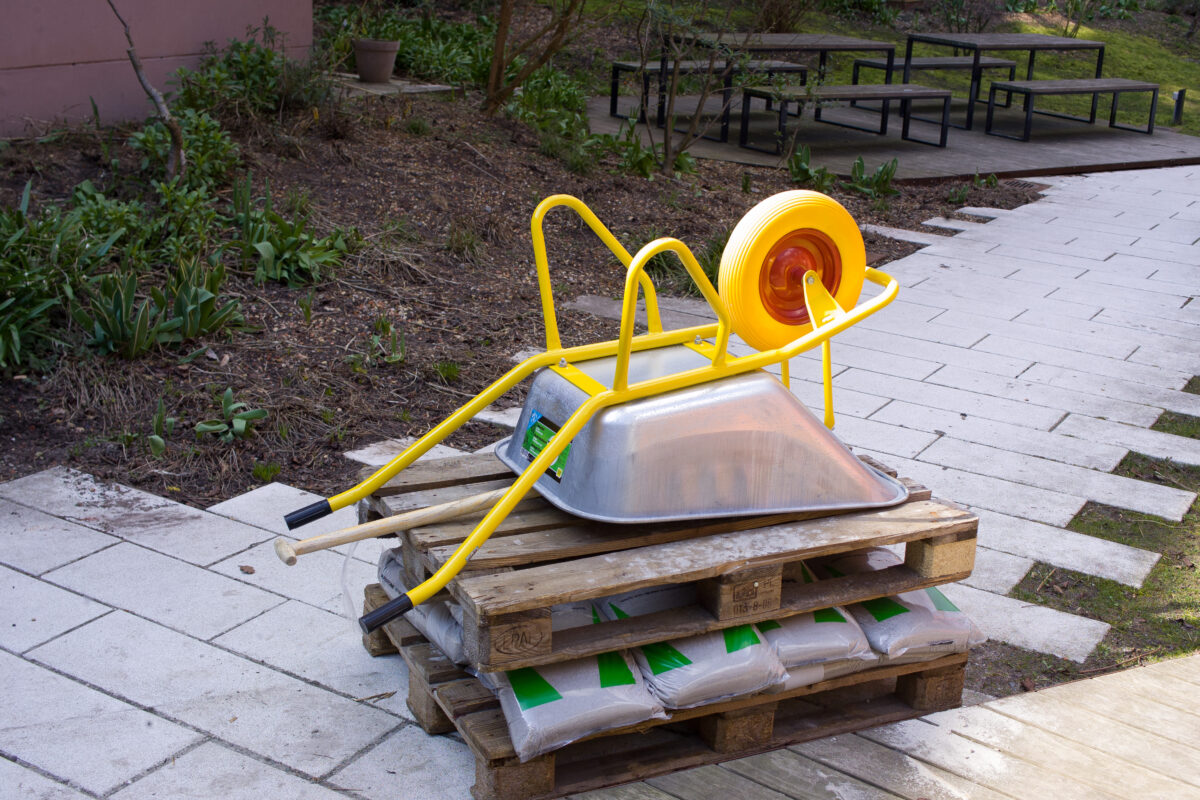
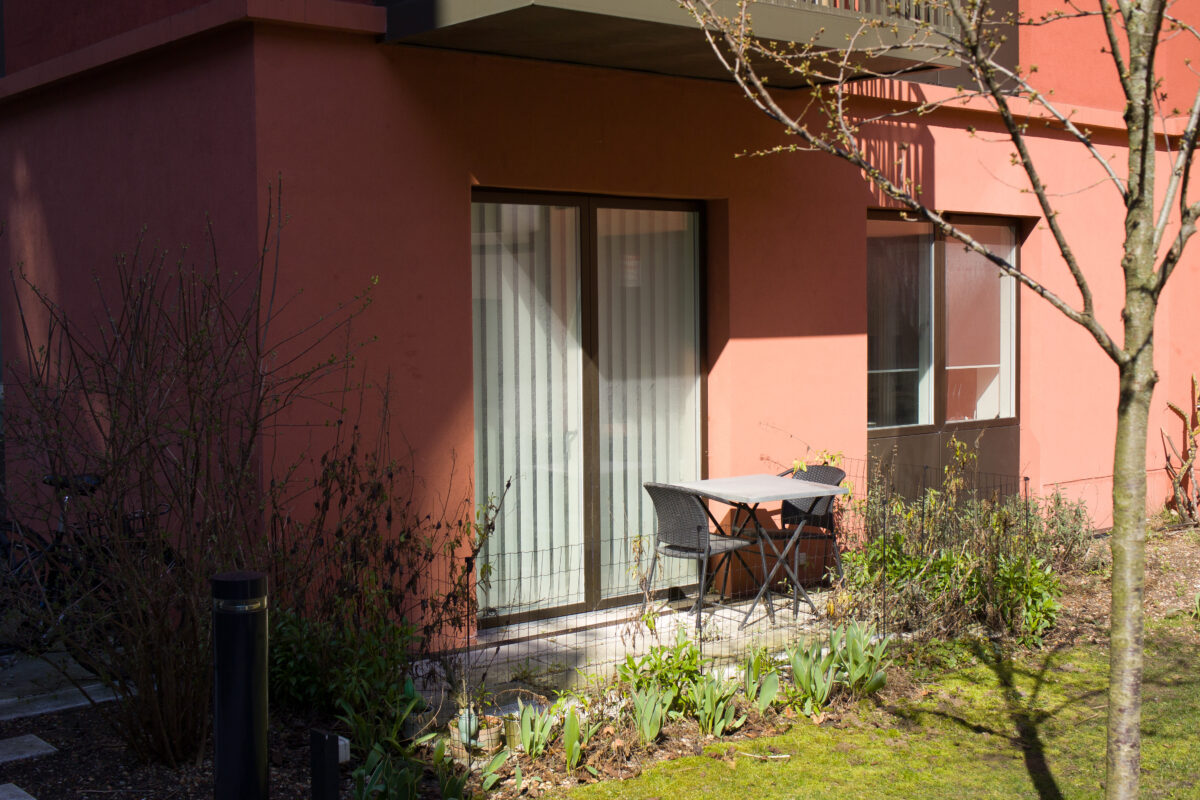
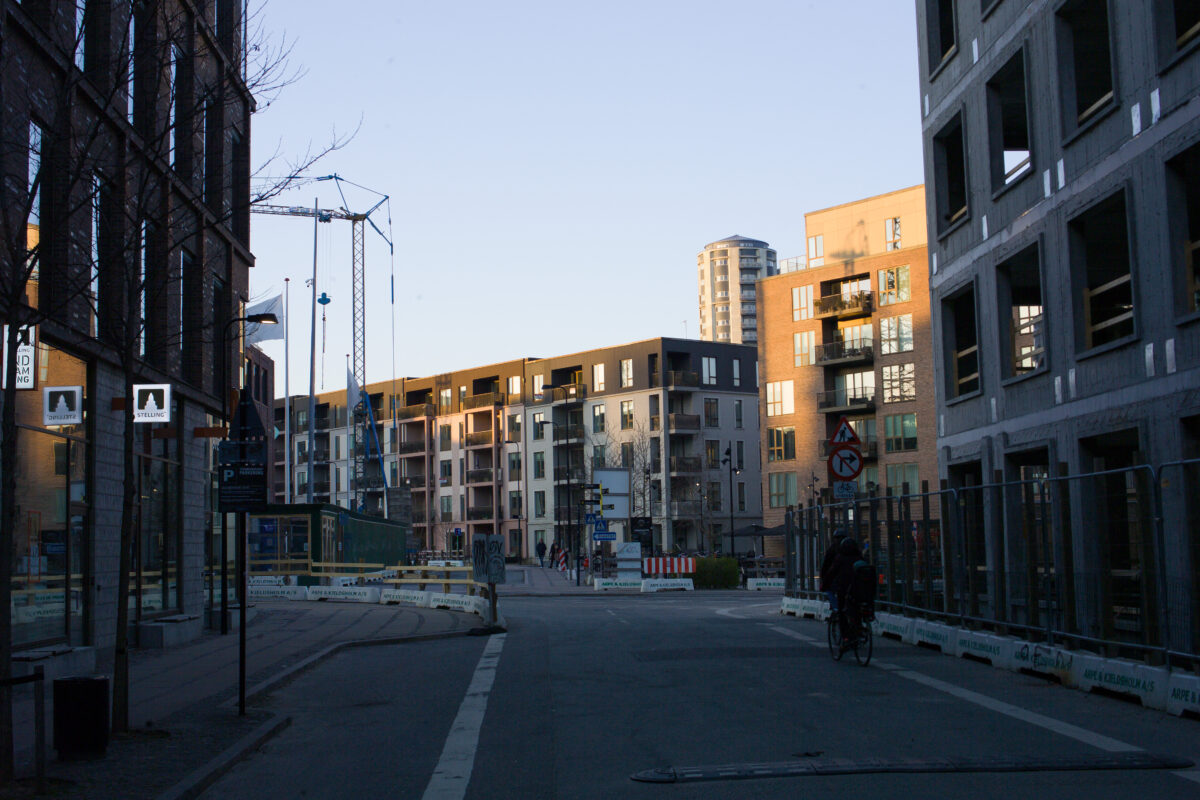
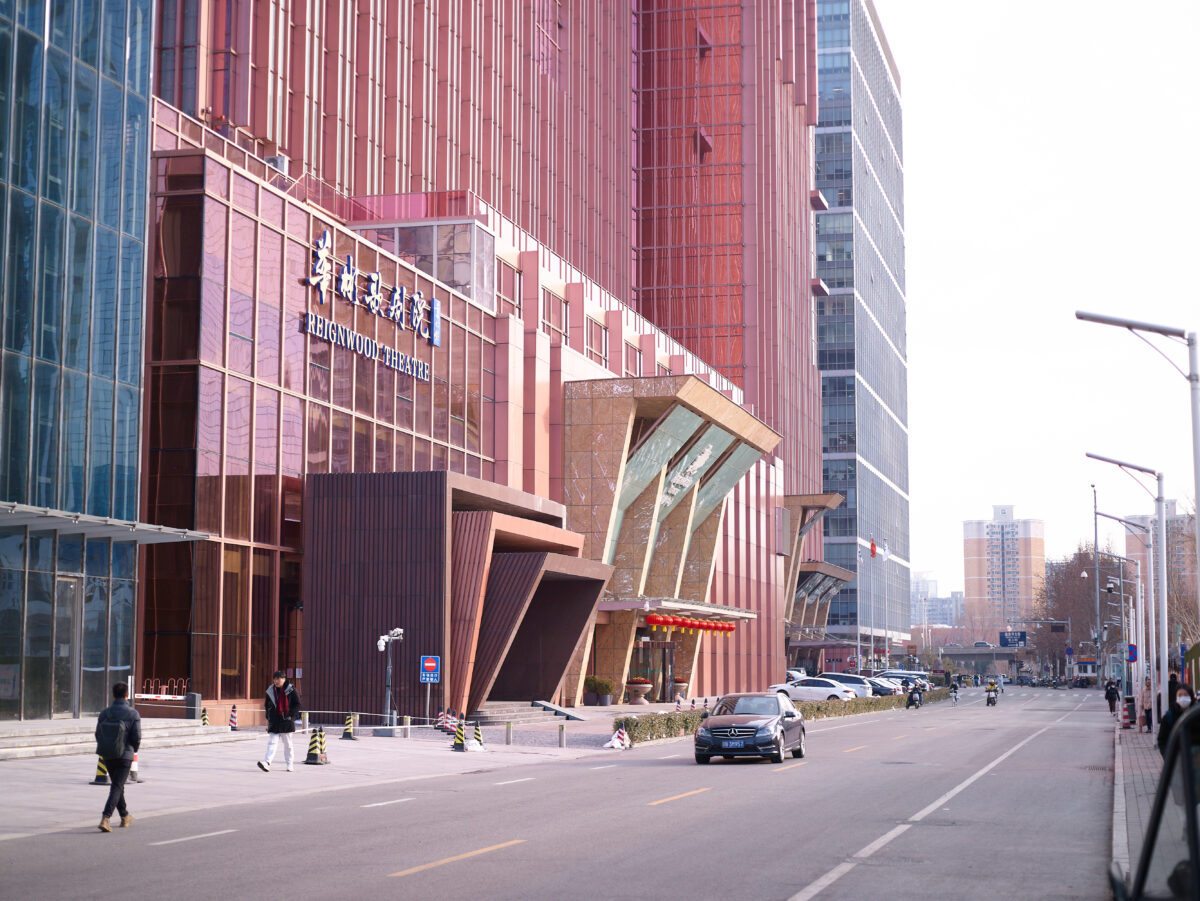
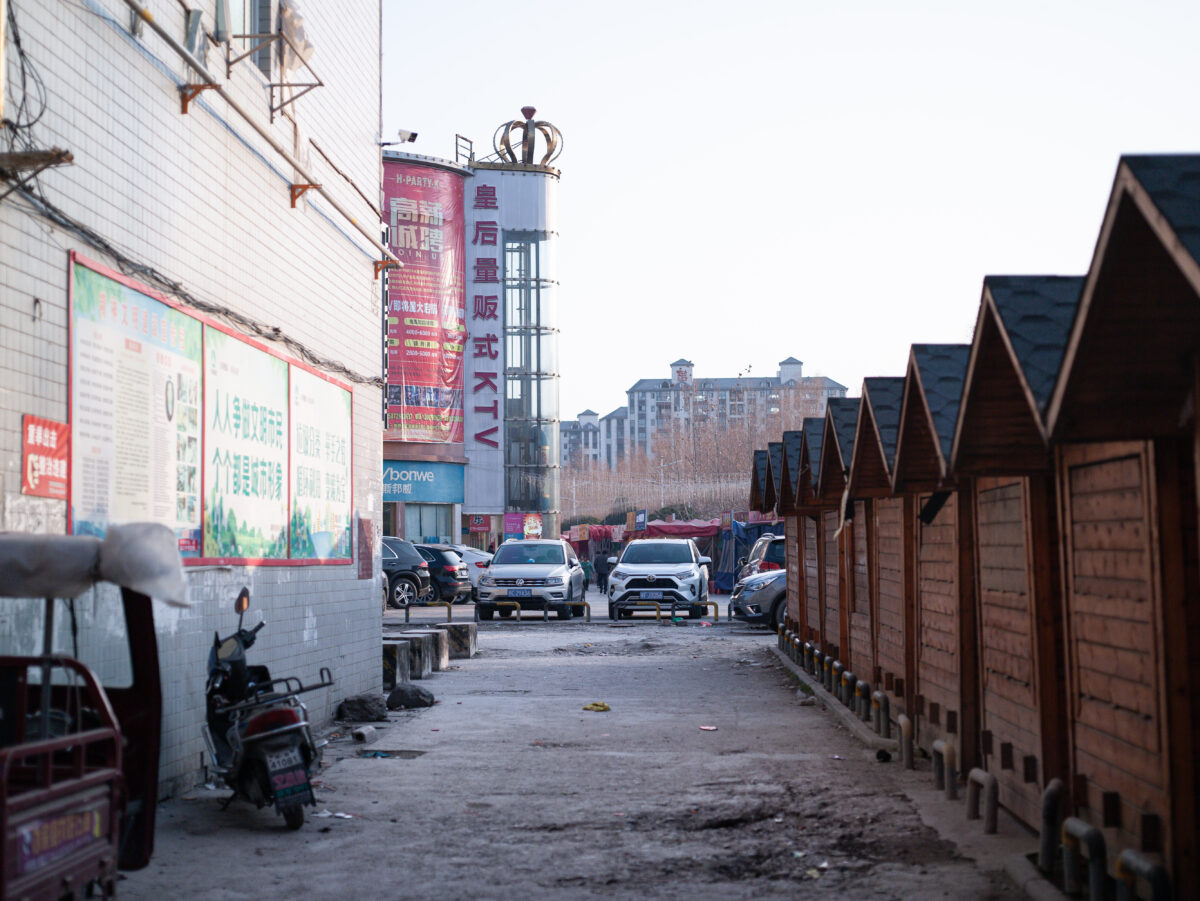

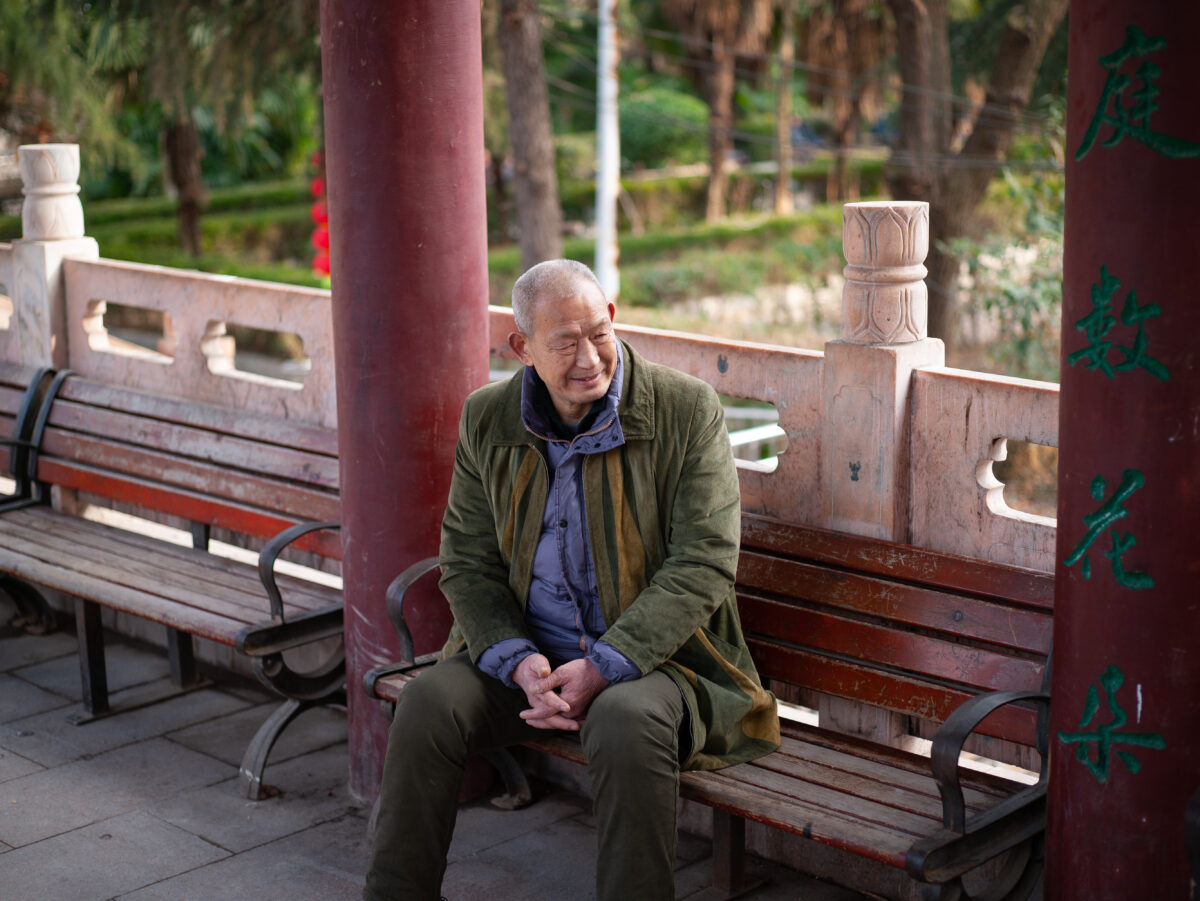
You talk about color response of CCD sensors, but seem to be neglecting that there are other factors of possibly greater importance.
(1) The color is determined by the color filter. For example, the response of each of the colors in the filter is not absolute with square edges on their passbands. They have some overlap in their response, they also do not exactly match human eyes, which also do not have pure red/green/blue response. (2) As with the human eyes (where red and green have huge overlap), the brain sorts it all out, in the case of the camera, the processor processing the data from the sensor actually assigns the color response. (3) the processor also assigns a luminance response based on the input from the sensor. This luminance behind the colors can make them look different.